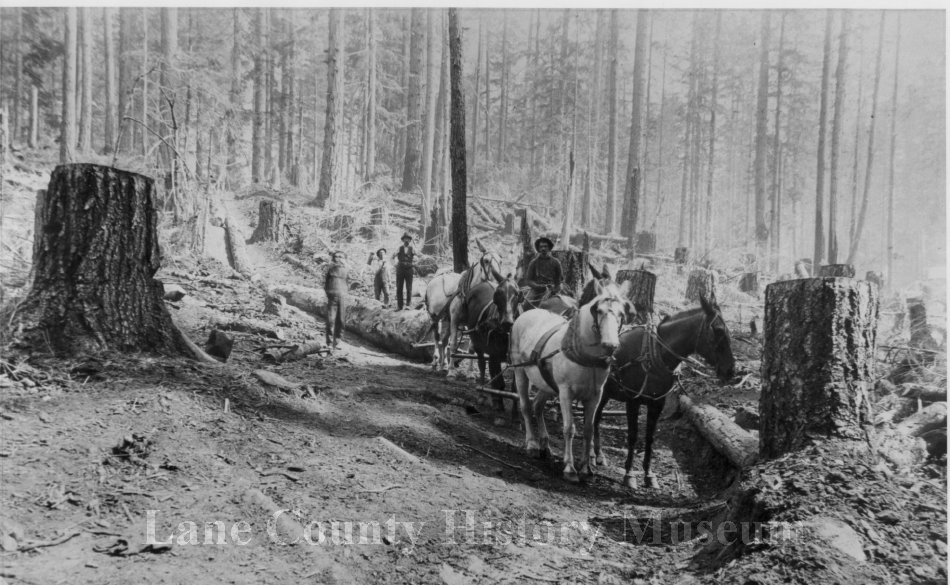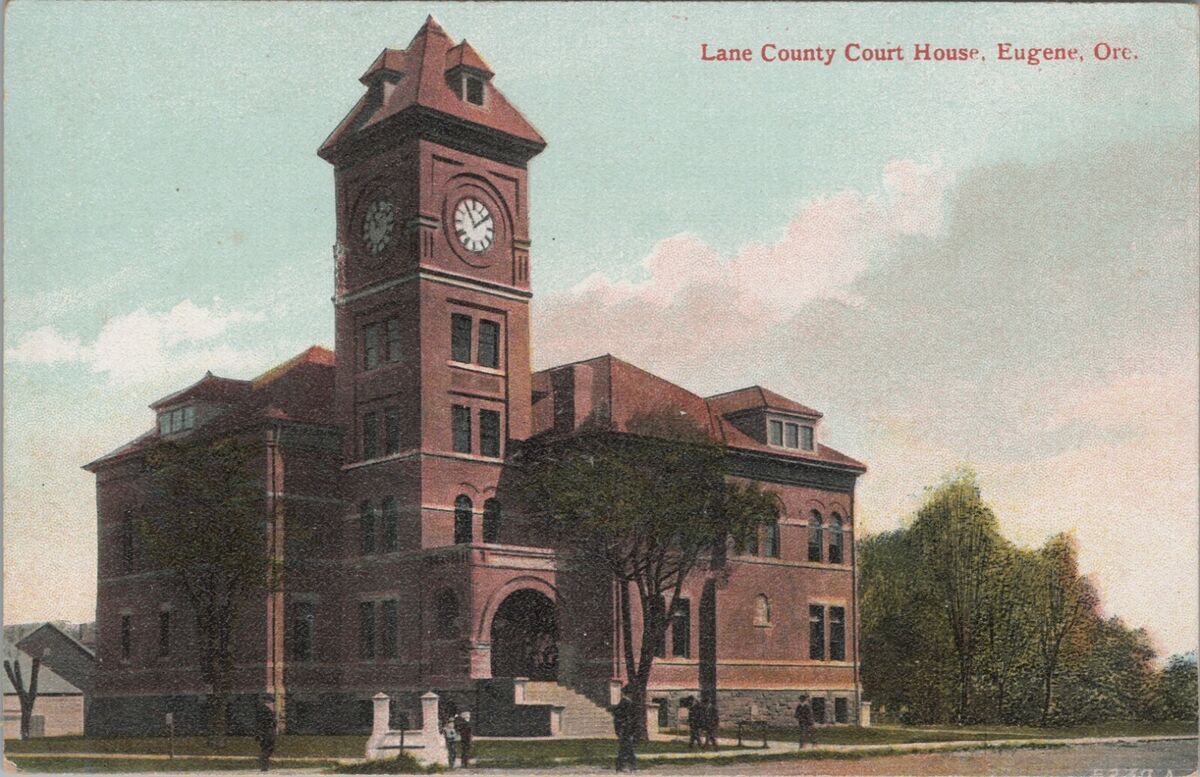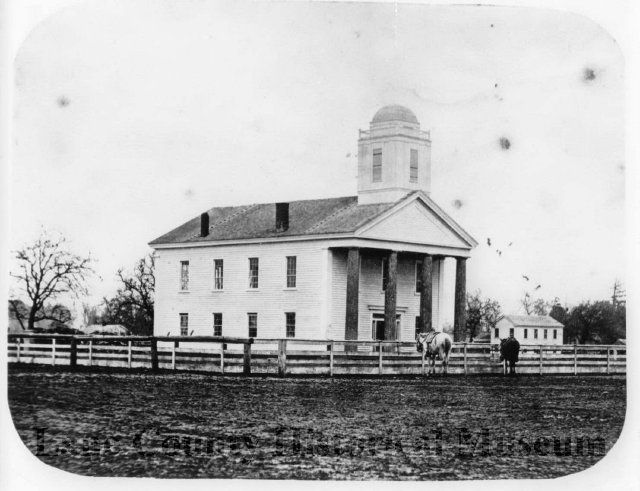Lane County History: Indigenous Roots
Establishment and Naming
Lane County was created on January 29, 1851, from parts of Linn and Benton Counties, named after Joseph Lane, Oregon’s first territorial governor from 1849 to 1850. Initially, it covered a vast area from the Pacific Ocean to the Rocky Mountains, reflecting its early expansive role in the Oregon Territory.
Key Points
-
Lane County, Oregon, was established on January 29, 1851, named after Joseph Lane, its first territorial governor.
-
It originally spanned from the Pacific Ocean to the Rocky Mountains, with boundaries changing over time due to administrative needs.
-
Early settlers arrived in 1846, with significant growth from the 1853 Elliott Cutoff, doubling the population.
-
The economy shifted from timber and agriculture to services, health care, and education, driven by the University of Oregon.
-
Indigenous tribes like the Kalapooian and Yakonan lived here before European settlement, facing challenges from new arrivals.
Early Settlement and Growth
The first white settlers, including Elijah Bristow and Eugene F. Skinner, arrived in 1846, building the first claim cabin near Pleasant Hill. A major influx came in 1853 via the Elliott Cutoff, with 250 wagons and 1,027 people nearly doubling the population, highlighting the county’s role in westward expansion.
Economic and Cultural Evolution
Historically reliant on timber and agriculture, Lane County’s economy has evolved, now focusing on services and education, with the University of Oregon as a key driver. This shift reflects broader changes in Oregon’s economic landscape, supported by tourism due to its diverse geography.

Indigenous Heritage
Before European settlement, tribes like the Kalapooian, Wailatpuan, and Yakonan inhabited the area, with rich cultures disrupted by settler arrival, including land conflicts and diseases, a complex legacy preserved in local cultural centers today.
Survey Note: A Detailed Exploration of Lane County, Oregon’s Historical Tapestry
Lane County, Oregon, stands as a testament to the dynamic interplay of pioneering spirit, indigenous heritage, and economic transformation, offering a rich historical narrative that spans from its establishment in 1851 to its modern-day significance. This survey note delves into the multifaceted history of Lane County, weaving together key events, demographic shifts, and cultural impacts, ensuring a comprehensive understanding for enthusiasts and researchers alike.
Historical Foundations: Establishment and Naming
Lane County was officially established on January 29, 1851, carved from the southern portion of Linn County and the eastern part of Benton County, east of Umpqua County. The county’s name honors Joseph Lane, who served as Oregon’s first territorial governor from 1849 to 1850, a figure with a notable military background from the Mexican-American War. Initially, Lane County was vast, encompassing all of southern Oregon from the Pacific Ocean in the west to the Rocky Mountains in the east, and from the California border in the south to the northern boundaries with Linn and Benton Counties, making it one of the largest counties in the Oregon Territory at the time.
Boundary Evolution: A Shifting Landscape
The county’s boundaries have seen significant changes, reflecting Oregon’s administrative evolution. A table summarizing key boundary adjustments illustrates this:
|
Year
|
Change
|
Details
|
|---|---|---|
|
1851
|
Initial Establishment
|
Created from southern Linn and eastern Benton Counties, east of Umpqua County.
|
|
1852
|
Southern Boundary Fixed
|
Southern boundary established.
|
|
1853
|
Acquired Territory
|
Gained northern part of Umpqua County, gaining access to the Pacific Ocean.
|
|
1854
|
Lost Territory
|
Lost all territory east of the Cascade Mountains with the creation of Wasco County.
|
|
1885
|
Minor Change with Douglas County
|
Small adjustment with Douglas County.
|
|
1903
|
Minor Change with Douglas County
|
Another small adjustment with Douglas County.
|
|
1907
|
Minor Change with Linn County
|
Small boundary change with Linn County.
|
|
1915
|
Minor Change with Douglas County
|
Further adjustment with Douglas County.
|
|
1917
|
Minor Change with Douglas County
|
Last recorded minor change with Douglas County.
|
|
1923
|
Minor Change with Benton County
|
Small boundary adjustment with Benton County.
|
These adjustments highlight the county’s adaptation to growing population and administrative needs, with each change reflecting broader regional developments.

Pioneering Beginnings: Early Settlement and Growth
The first white settlers arrived in 1846, with Elijah Bristow and Susannah Gabbart building a claim cabin near Pleasant Hill, joined by Eugene F. Skinner, Captain Felix Scott, and William Dodson. Skinner’s legacy is evident in the naming of Eugene, the county seat. A pivotal moment came in 1852 when John Diamond and William Macy surveyed the Free Emigrant Road, a shortcut over Willamette Pass for the Oregon Trail. This route facilitated the 1853 Elliott Cutoff, where 250 wagons carrying 1,027 people arrived, nearly doubling Lane County’s population and underscoring its role in westward expansion. These pioneers faced harsh conditions, including weather and terrain challenges, yet their resilience laid the foundation for future communities.
Indigenous Legacy: Pre-Settlement Cultures
Before European settlement, Lane County was home to several indigenous tribes, including the Kalapooian between the Umpqua and Willamette rivers, the Wailatpuans (Cayuse) in the headwaters of the Umatilla and related areas, and the Yakonan, specifically the Siuslaw tribe, along the Siuslaw River. These tribes maintained rich cultures and social structures, living off the land. However, the arrival of settlers brought significant disruptions, including land conflicts and diseases that decimated native populations. Today, their legacy is preserved through cultural centers and historical sites, offering a poignant reminder of the area’s original inhabitants and the complex interactions that followed.
Administrative Centers: County Seat and Courthouses
Eugene was designated the county seat in 1853, following an election favoring the “Mulligan donation” and “Skinner claim,” named after pioneer Eugene Skinner, now Oregon’s second-largest city. Lane County’s courthouses evolved over time, starting with a small board shanty in 1852 for trials, followed by a county clerk’s building in 1853, now at the fairgrounds adjacent to the Lane County Historical Museum. The first official courthouse, built in 1855 for $8,500, was replaced in 1898 by one costing under $50,000, torn down in 1959. The current courthouse, built in 1959 for $2,146,350, reflects ongoing development, with plans for a new courthouse underway in Eugene, symbolizing the county’s growth.
Governance Transformation: Government Evolution
Initially, Lane County’s government included a county judge, three commissioners, assessor, treasurer, and sheriff, later adding a clerk and school superintendent. In 1953, the county judge position was abolished, and by 1963, it became a home rule county under a charter system, retaining only three commissioners, assessor, and sheriff, with the sheriff taking on law enforcement and tax collection. By 1969, commissioners increased to five, and the Lane County Local Boundary Commission was created, with a port district at Port of Siuslaw in Florence established in 1909. These changes adapted to population growth and changing needs, ensuring effective governance.
For more information on current county services and governance, visit the official Lane County website.
Demographic Shifts: Population Growth
Lane County’s population grew from 4,780 in 1860 to 365,940 by 2010, with a 4% increase by 2016, reflecting significant expansion. Historically the second-most populous county in Oregon, it recently dropped to fourth, yet remains vital, with Eugene as a hub for education, culture, and commerce, driven by demographic and economic factors.
Economic Transitions: Industry and Commerce
Historically, Lane County’s economy relied on timber and agriculture, leveraging the fertile Willamette Valley soil and moderate climate for farming, and vast forests for timber. Over time, reduced timber harvesting and population growth impacted agriculture, shifting focus to services, health care, education, and trade. The University of Oregon in Eugene is a major economic driver, boosting education and related sectors, while tourism, drawn by mountains and coastal access, plays a significant role, reflecting the county’s adaptability.
Natural Diversity: Geography and Natural Features
Lane County spans 4,620 square miles, bounded by Lincoln, Benton, Linn Counties to the north; Deschutes, Klamath to the east; Douglas to the south; and the Pacific Ocean to the west. Major rivers include the McKenzie, Middle Fork, Coast Fork (tributaries of Willamette), Long Tom, and Siuslaw, notable for its tidal influence at the mouth. The terrain encompasses the Cascade Range, Coast Range, and Willamette Valley, supporting activities from hiking to farming, highlighting its diverse natural assets.
Historical Milestones: Significant Events
Key events include the 1853 Elliott Cutoff arrival, doubling the population and marking a developmental turning point, and the 1852 Free Emigrant Road survey, crucial for Oregon Trail pioneers. The establishment of Eugene as the county seat and courthouse development further illustrate Lane County’s growth and administrative evolution, shaping its historical narrative.
To learn more about Lane County’s history and see artifacts from its past, visit the Lane County History Museum.
Community Queries: Frequently Asked Questions
Addressing common curiosities, here are responses to frequent questions:
-
What is the origin of Lane County’s name? Named after Joseph Lane, first territorial governor from 1849 to 1850.
-
When was Lane County established? On January 29, 1851, from parts of Linn and Benton Counties.
-
Who were the first settlers in Lane County? Arrived in 1846, including Elijah Bristow, Susannah Gabbart, Eugene F. Skinner, Captain Felix Scott, and William Dodson.
-
What is the county seat of Lane County? Eugene, established in 1852, named after pioneer Eugene Skinner.
-
How has Lane County’s economy changed over time? Shifted from timber and agriculture to services, health care, education, and trade, with the University of Oregon as a key contributor.
-
What are some notable natural features of Lane County? Features include Cascade and Coast Ranges, Willamette Valley, and access to the Pacific Ocean, with rivers like McKenzie and Siuslaw.
For a comprehensive overview of Lane County, including demographics and government structure, refer to the Oregon Blue Book.
This detailed exploration ensures a thorough understanding of Lane County’s historical journey, from its pioneering roots to its contemporary significance, offering insights for all interested in Oregon’s rich past.

